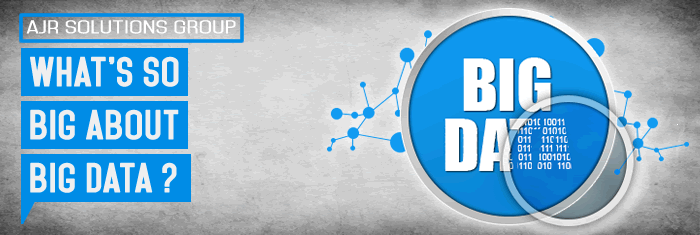As the world becomes more technological, we often grow numb to the intricacies happening all around us. The prevalence of information technology increases, but education does not seem to match its pace. It may benefit us to know what exactly is going on, though, as our information is becoming more and more accessible every day (which isn’t necessarily a bad thing). New processes have made it much easier for organizations to mass produce and analyze data.
What is Big Data?
To do an effective piece on big data, we must first establish what it is. In the current age of information, we are constantly transmitting data and sharing information (sometimes without even realizing it). As such, innovations are implemented to make this process easier and more advanced. One such innovation is data virtualization, which streamlines multiple layers of data into one massive, distributive layer across a large number of applications. We see this on popular social media platforms, such as FaceBook. After all, you don’t need to memorize any file paths in order to obtain your uploaded photos. There is an invisible layer making this possible. Through the process of source virtualization, integration, and publication (respectively), we get a massive amount of information and data manipulation.
But Why Is This Really So Important?
Data virtualization’s first main area of success is seen in the business world. Obviously, businesses benefit greatly from things like consumer information and warehouse management. Big data is like a gold mine when it comes to the acquirement of these, and they impact everything from security to inventory.
“Data Virtualization is perfect when data demands change on the fly and when access to real-time data is critical to positive business outcomes.”
–https://www.load-cells.org/data-virtualization-is-absolutely-critical-heres-why/
The benefits don’t stop there, though. Big data actually offers you many advantages in your daily lives. For example, a great deal of our health knowledge can come from big data. Fitness trackers, studies, and knowledge on diseases and epidemics are greatly impacted. The internet is used to learn about (and track) everything, and nutrition is definitely no exception. Also, products can be tailored to people’s wants and needs, resulting in better things on the market, and more personalized experiences with your gadgets. This is why many devices (like iPhones) require you to sign in before use.
At Home
Currently, in Britain, big data is being used in a number of ways. Recently, over 100 years of history was unearthed and analyzed to reveal shocking patterns. This is another area where big data truly shows its capabilities, as history is so long and expansive that streamlining can be vastly beneficial. They found out some interesting things about the UK’s past, such as a pretty steady rate of
gender misrepresentation in newspapers, even though women are currently reported on much more than they used to be. Also, Britain is at the forefront of many energy and artificial intelligence talks. Big data, along with other components of modern tech, is
currently being used by the engineering world to create more efficient energy consumption in the country.
Guest post by Anna Kucirkova


